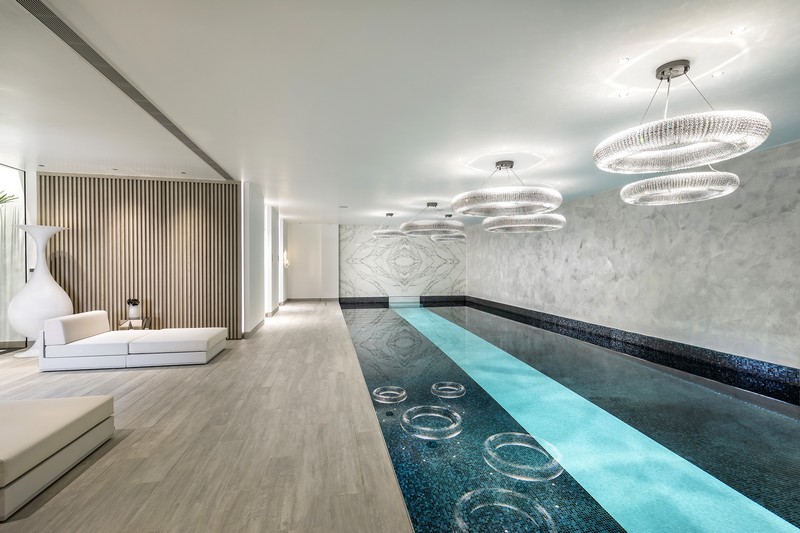In the world of architecture, few names resonate as beautifully as Snøhetta. With its contemporary and innovative approaches, in this article we’ll learn a bit about Snøhetta. Founded in 1989, Snøhetta is an architectural company based in Oslo, Norway, with offices in New York, Hong Kong, Paris, Innsbruck, Adelaide and San Francisco. It emerged from the collaboration of two Norwegian architects, Kjetil Thorsen and Craig Dykers. The name “Snøhetta” is inspired by the snow-capped Norwegian mountain and the company’s connection with the environment. Besides architecture, Snøhetta is known for integrating landscape design, interior design, graphic design and digital design to create spaces that inspire and are beneficial.

Snøhetta has a strong commitment with sustainability, innovation and social inclusion. Architecture for them is not just about developing physical structures, but also promoting human well-being and creating projects that bring experiences. This is evident in all their projects, which cover a wide range of typologies, including cultural buildings, institutional buildings, urban spaces and landscape interventions
One of the most iconic Snøhetta projects:
Bibliotheca Alexandrina

It is a symbol of Egypt’s cultural and intellectual renaissance and was Snøhetta’s first project. The library’s design is contemporary and the lattice exterior, inspired by Arabic calligraphy, protects the books while allowing natural light to shine in.
Norwegian National Opera and Ballet

Inaugurated in 2009, it transcends Oslo’s seascape. This architectural project stands out for its angular shape, and its innovative design allows visitors to explore the building with a view of the city.
National September 11 Memorial Museum Pavilion

One of New York’s most exciting landmarks, the museum showcases Snøhetta’s ability to create spaces that evoke emotional and sensory experiences.“With its low, horizontal form and its uplifting geometry the Pavilion acts as a bridge between two worlds: between the Memorial and the Museum, the above and below ground, the light and dark, between collective and individual experiences. Inclined, reflective and transparent surfaces encourage people to walk up close, touch, and gaze into the building”.
Snøhetta exceeds the limits of design and innovation, pioneering contemporary architecture. Their projects are diversified, and most of them generate different emotions, reflections, inspire and demonstrate that architecture can shape a more sustainable and inclusive future.







